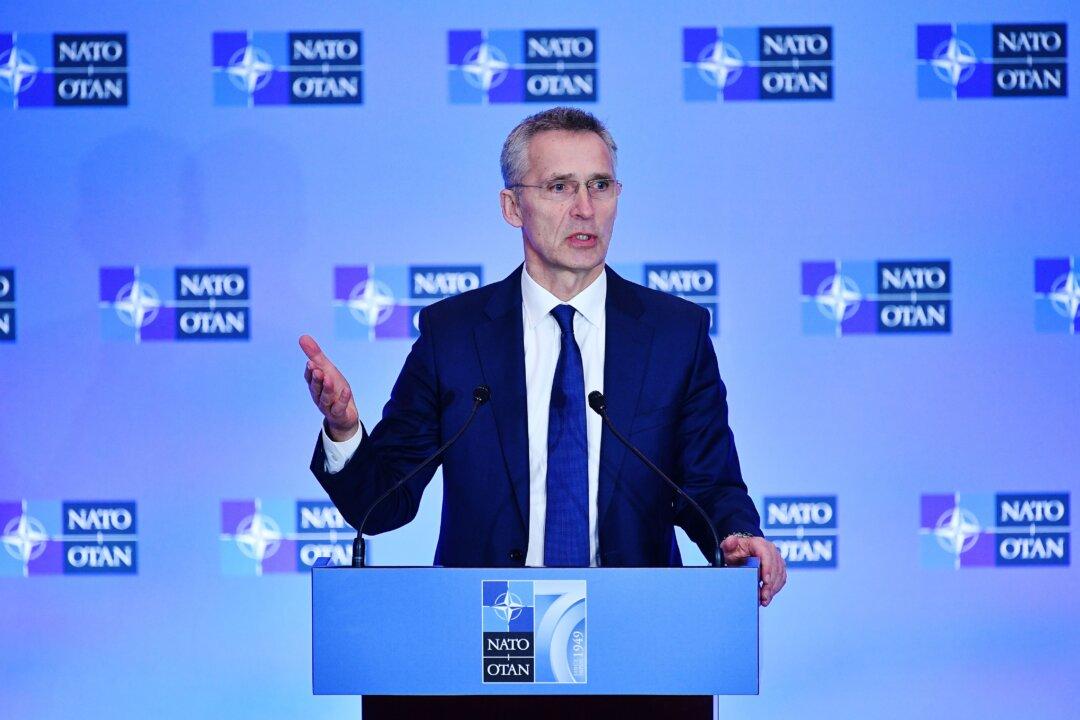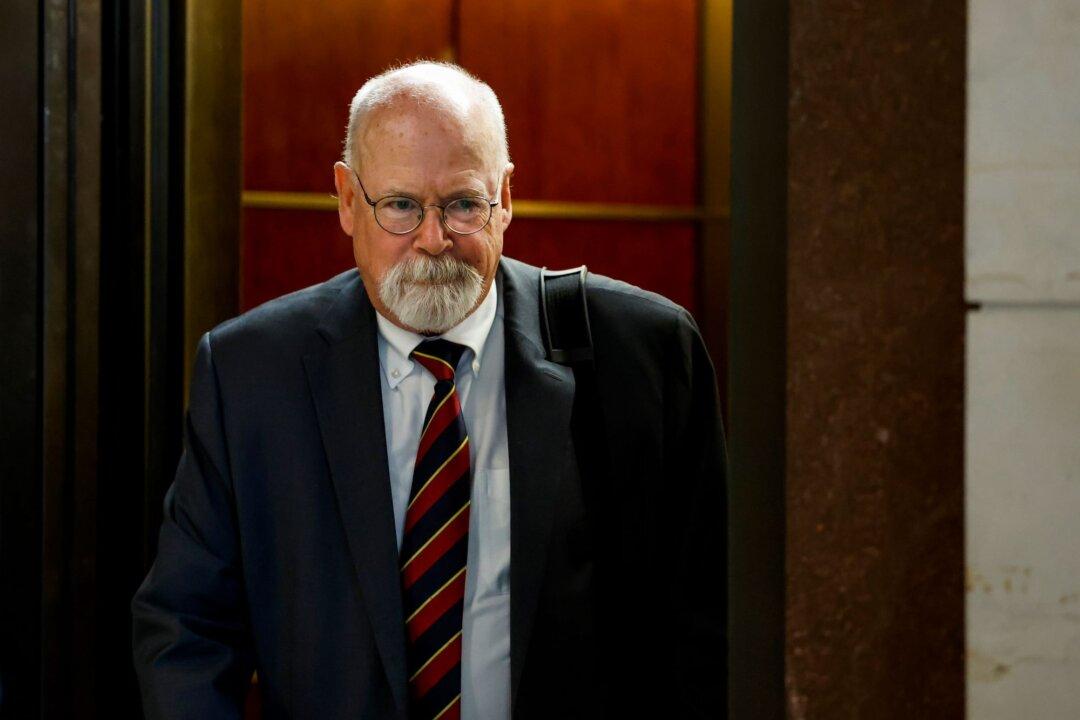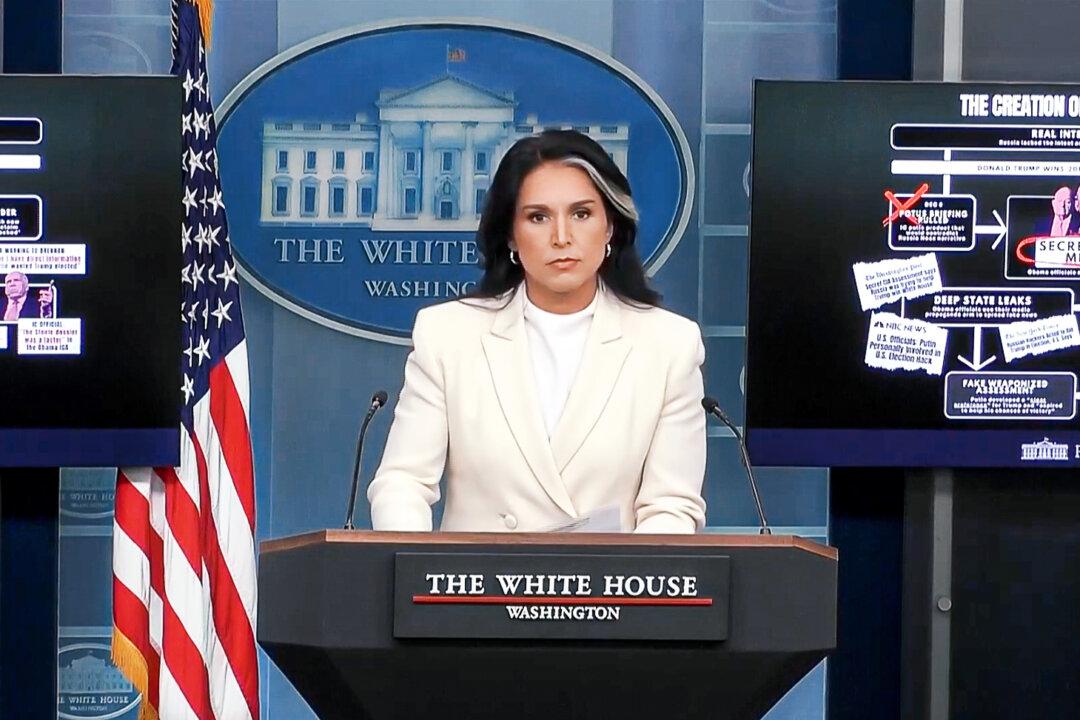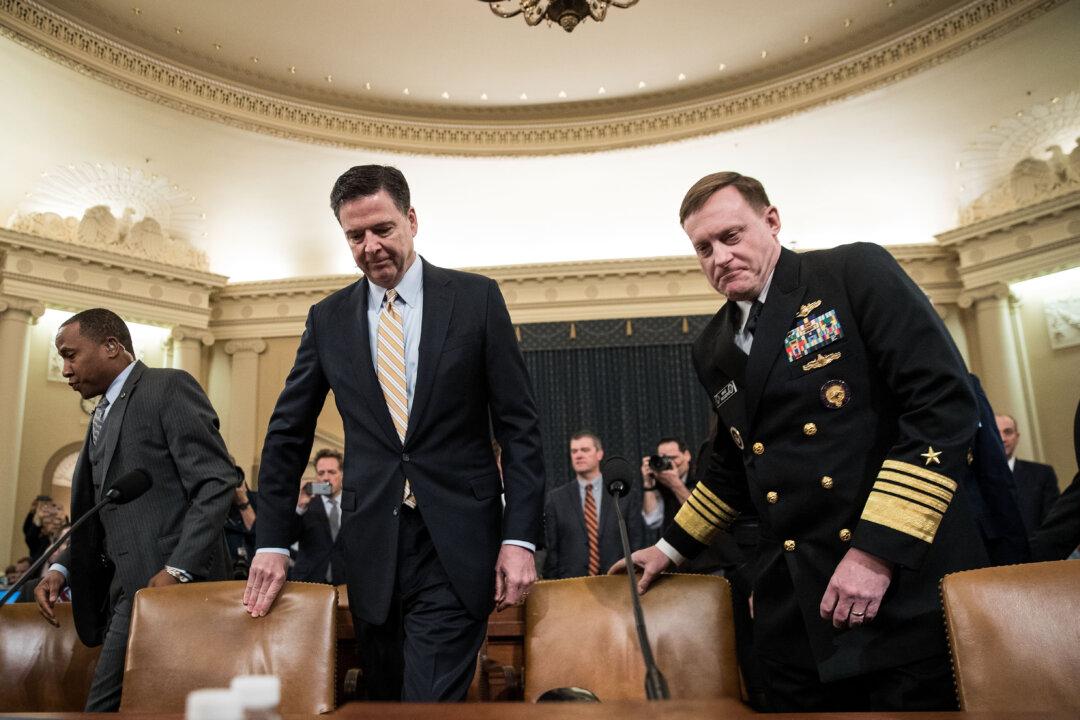NATO called on Russia on June 24 to destroy missiles that are in violation of an arms pact with the United States and warned that failing to do so will result in a coordinated, defensive response by the alliance.
The United States and Russia suspended their obligations under the Intermediate-Range Nuclear Forces (INF) treaty on Feb. 2, triggering a six-month countdown until the treaty is formally void on Aug. 2.





